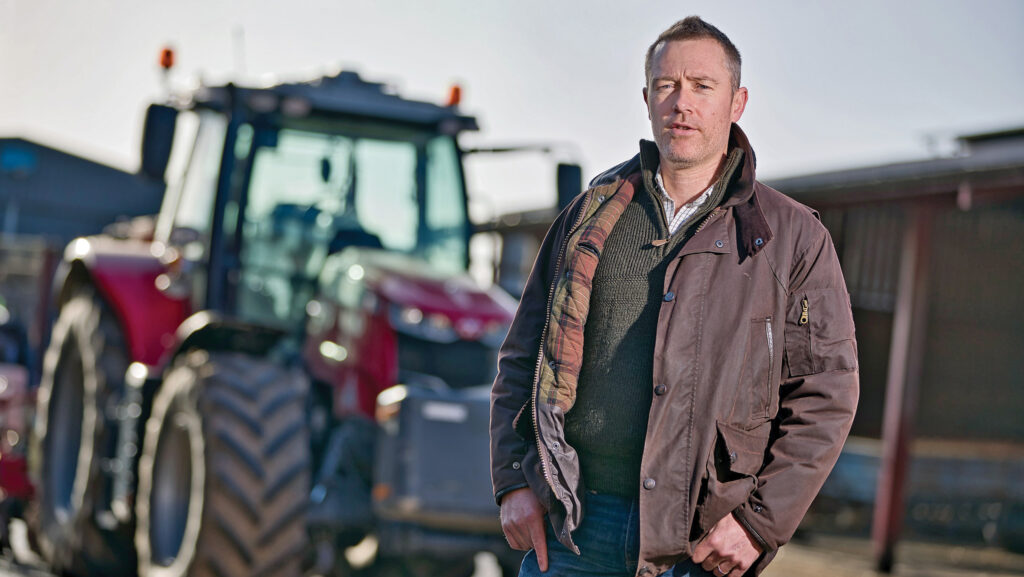Will’s World: ‘Trouble’ stubble turnips prove a bum deal
 © Richard Stanton
© Richard Stanton Do you have a field that routinely makes a fool of you? I suspect that most of us in farming do.
I’m talking about one of those fields that’s a bit like a baler – if everything’s working as it should do, it performs brilliantly, but if just one tiny part isn’t 100% perfect, it leads to endless frustration and bitter recriminations.
See also: 15 weird and wonderful field names shared by farmers
The universal truth with these fields is that they’re never at the back of the farm and surrounded by a high hedge, so none of the neighbours can see what’s gone wrong.
No, they’re always highly visible, resulting in months of leg-pulling at the local pub until you can get the latest disappointing crop off the field and breathe a huge sigh of relief.
Hard to miss
Now, I’m going to make a bold claim here. Because I think ours must be one of the most visible fields in the country.
Not only does it run alongside and just below a very busy main road and is bordered by estate railing, it’s also on a hill, and the road snakes in front of it so you can look directly along the tramlines as you’re driving.
It even has a few lovely mature oak trees in it to further draw the eye.
Of course, in a good year no one mentions it, but if something goes wrong then you can be very sure the world and his wife will gleefully let us know.
So much so that the old man and I regularly and ruefully say to each other: “Everyone farms that bloody field.”
Seriously, it couldn’t be more visible if the Hubble Telescope was permanently trained on it.
I feel sure that at some point one of the astronauts up there in the International Space Station has looked out of the window and yelled “Hey, Yuri! Come and have a look at this. Evans has ballsed up that field again!”
And yes, they might well think that currently. But to use a phrase that’s very familiar to me as a father of four, “it’s not my fault!”.
You see, by now it should be green over with stubble turnip tops.
We’d subsoiled the headlands and tramlines, and at the end of July I’d direct-drilled them into the stubble, as I have successfully done many times before, and then gone over it with the rollers before it rained steadily the next day.
What can possibly go wrong this time, I foolishly gloated to myself.
Spot the crop
Then something strange happened. After a few weeks the plants were appearing on the tramlines and headlands, where we’d subsoiled, and there was nothing on the rest of it – and I mean not a single plant.
There were slugs about, of course, and we’d quickly got pellets on to deal with them.
But the rest of the crop never did come, so we’re assuming it was a lack of moisture – not something that’s generally a problem in North Wales.
Not to be defeated, we subsoiled between the growing strips and went in with the trusty old power harrow and drill combination. Surely that will work, we reasoned, especially as we’d had plenty of rain by then.
But no, they’ve barely grown either, though they are starting to come through, patchily and sparsely, after yet another dose of slug pellets.
So, what’s the name of this troublesome field? Maes-Gwaelod – which translates roughly into English as Bottom Field.
Obviously, even back in the mists of time, someone thought it was a pain in the arse.

